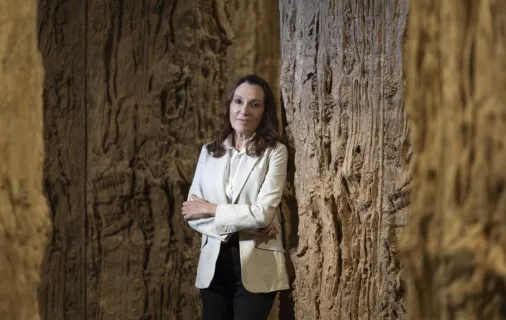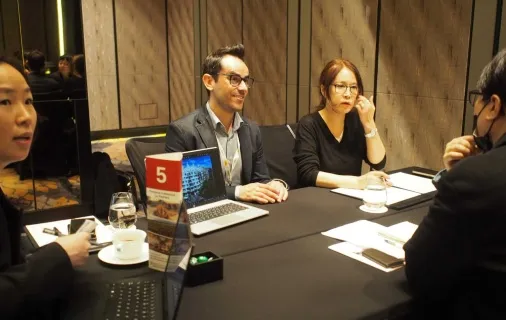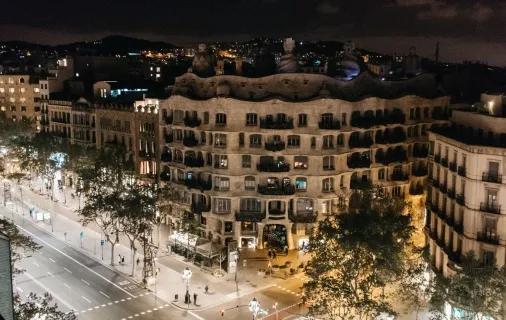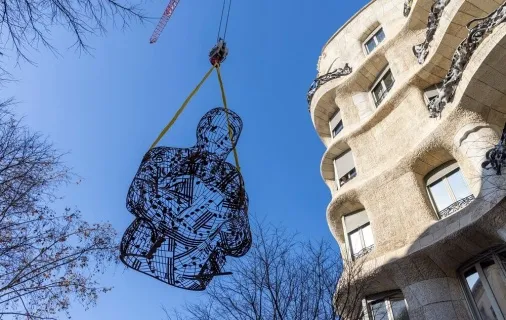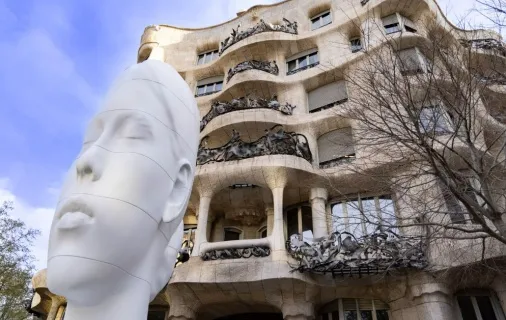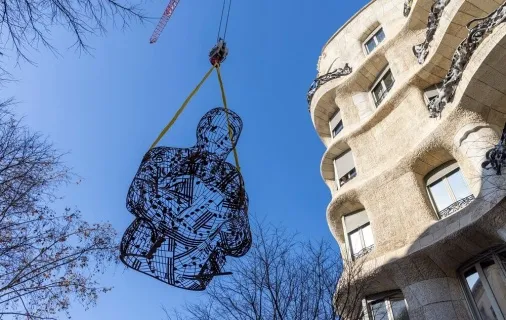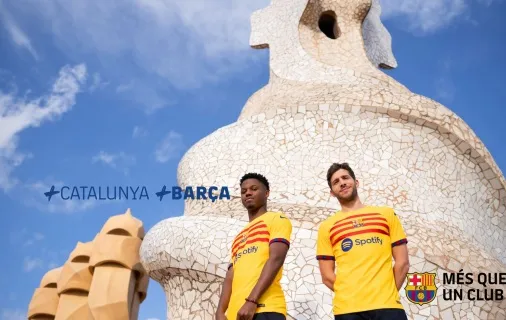On 9 October 2025, La Pedrera opens “Cristina Iglesias. Passages”, the first major solo exhibition in Barcelona dedicated to the Basque sculptor.
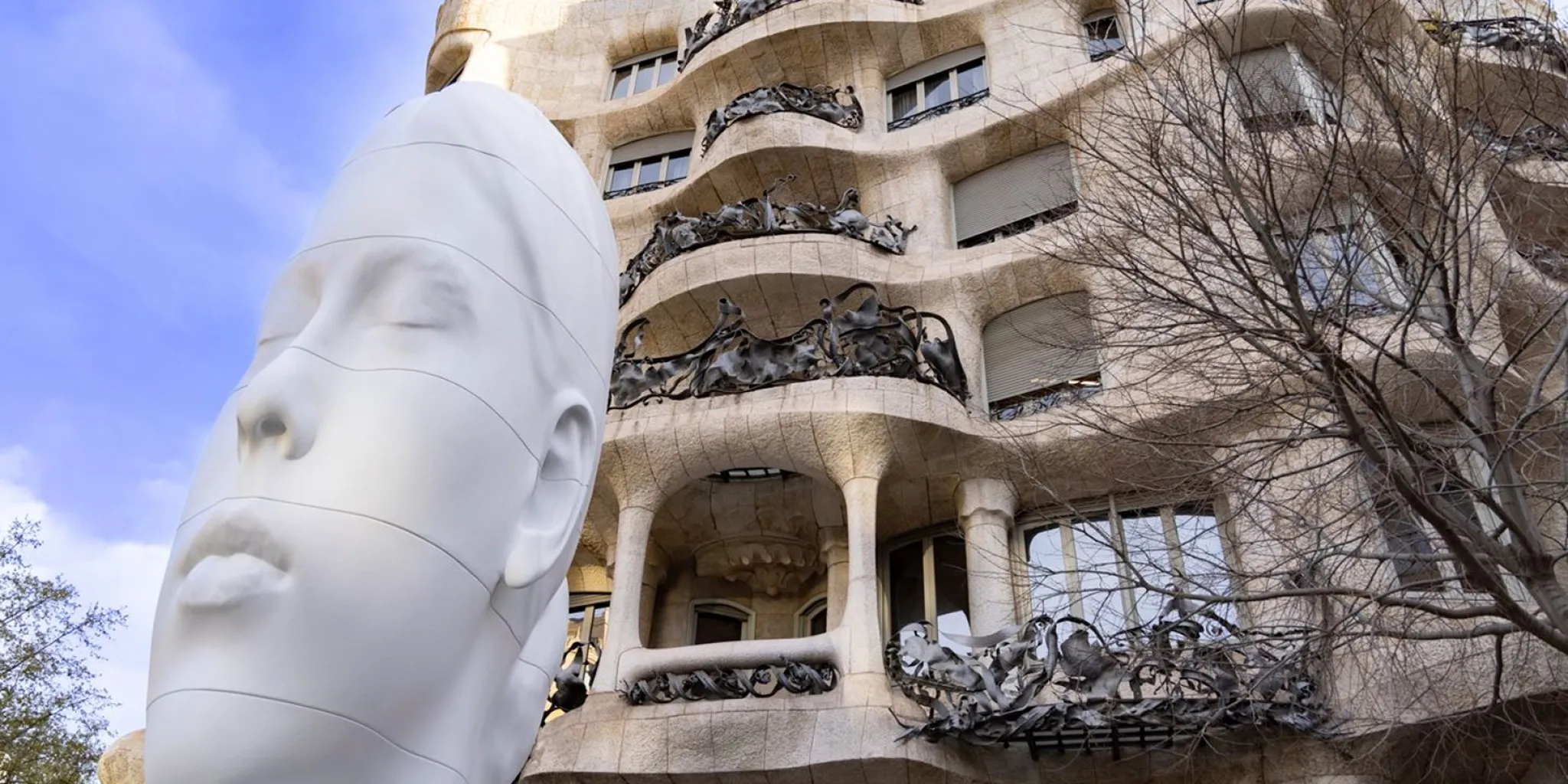
News and updates
In this news and current events section, we keep you up-to-date on all the news and events related to Gaudí’s La Pedrera. Find out what’s going on at one of Barcelona’s most emblematic monuments.
This week, La Pedrera-Casa Milà is taking part in a roadshow organised by the Catalan Tourism Agency.
Today, La Pedrera joins the Earth Hour" initiative by turning off the building’s lights at 8:30 PM on March 25th."
aume Plensa. Poetry of Silence is the new exhibition of Catalonia La Pedrera Foundation that will be at La Pedrera until July 23rd.
The team of the Catalunya La Pedrera Foundation and the sculptor Jaume Plensa began the assembly work for the new exhibition 'Jaume Plensa. Poetry of Silence', which starts on March 31st and can be seen until July 23rd at La Pedrera.
Gaudí's building has been chosen for being one of the most iconic symbols of Catalan architecture, its universality and worldwide recognition.
